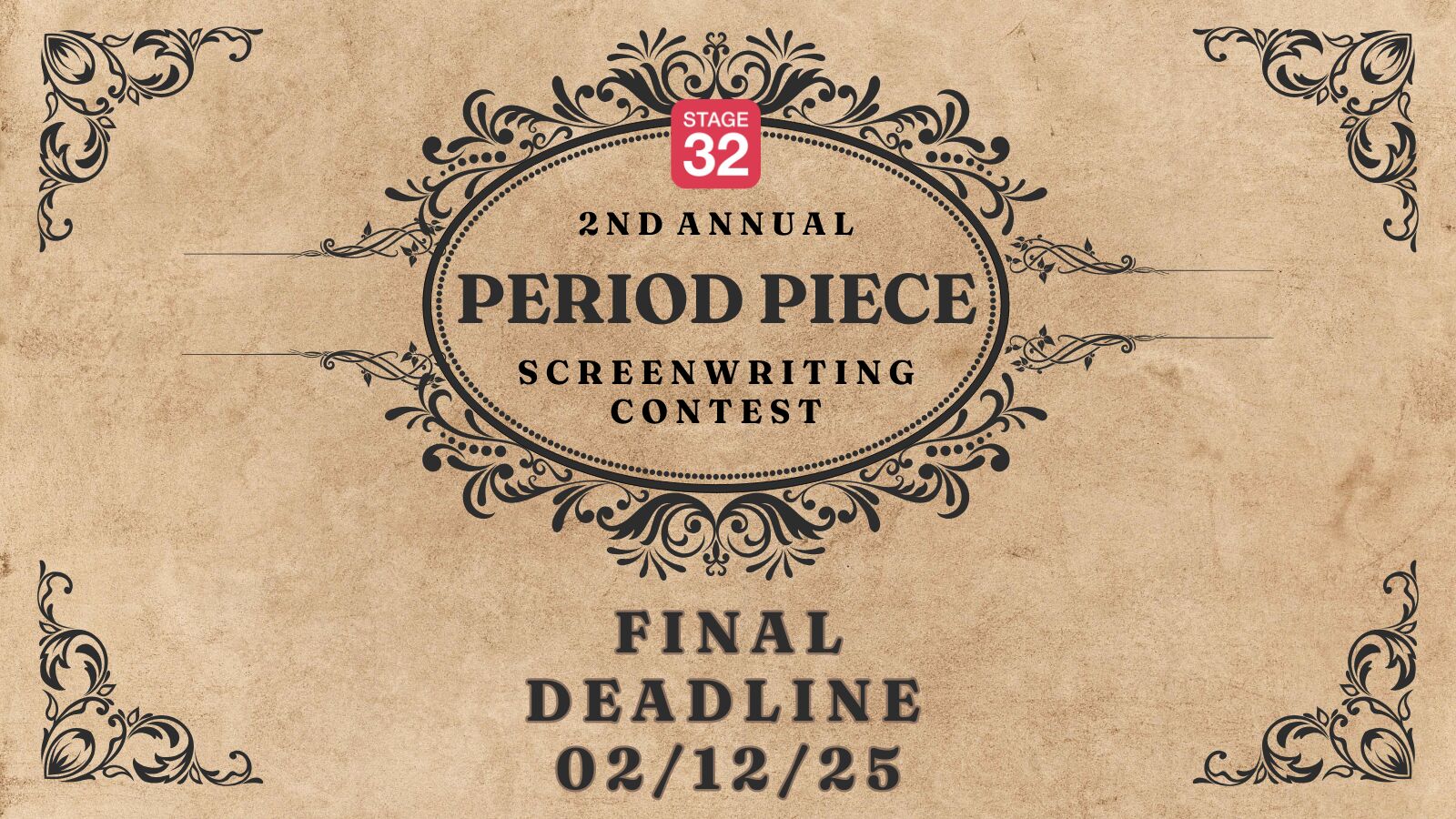Having recently finished writing my first screenplay, I'm extremely confident about everything except the inclusion of transitions (i.e., CUT TO, DISSOLVE TO, etc.). I would appreciate if someone -- or several someones -- with a lot of screenwriting experience could explain when to include the transitions and when to leave it up to the director to determine how the transition should occur. Thanks!



3 people like this
Remove all of that. You should only be writing SPEC scripts not SHOOTING scripts. No Camera direction, cuts, dissolves etc. Bare bones only. The only transitions your should have look like INT. Bob's House - Day --- EXT. Bob's House - Day that's it.
1 person likes this
Thanks, Stacy.
6 people like this
A little goes a long way, but I wouldn't say NEVER use any transitions. Sometimes they are appropriate to guide the reader, especially if there is a jarring juxtaposition and you want to confirm to the reader that this is indeed jarring. An occasional CUT TO can be justified so long as it is helpful and not just fat or pretension. DISSOLVE can sometimes be utilized to signal a change of acts just like a BLACK can. They have to be real mile-markers though, nothing routine.
2 people like this
I second Zach. Well put.
Thanks, guys.
You do not want to use it before each scene. Use sparingly for impact.
Transitions, as everyone's said, are hardly ever used today in spec scripts or most draft scripts. But DISSOLVE TO: can occasionally be useful for signaling a significant passage of time (months, for example). The spec script (and even sold draft script) don't-bother-using list: CUT TO, SMASH CUT, and often FADE IN and FADE OUT. Best way to sort this out for your style of writing and genre is to read screenplays in draft versions in the primary genre you're writing.
There's also a lot more to transitions than just CUT TO/DISSOLVE TO/etc. What line or visual are you cutting out on and into? What information does the reader have/need when they land in the new scene? Do you want to disorient them or make it feel so smooth that they barely notice the slug line? I agree that a little goes a long way when writing specs. But every great spec will have put thought into its transitions. Transitions are a big part of what make a good script read feel like you are WATCHING a movie. Check out this podcast where they look at the transitions ON THE PAGE for SCOTT PILGRIM, BOYHOOD, 2001, AMERICAN SPLENDOR and HIGHLANDER: http://draft-zero.com/2015/dz-21/